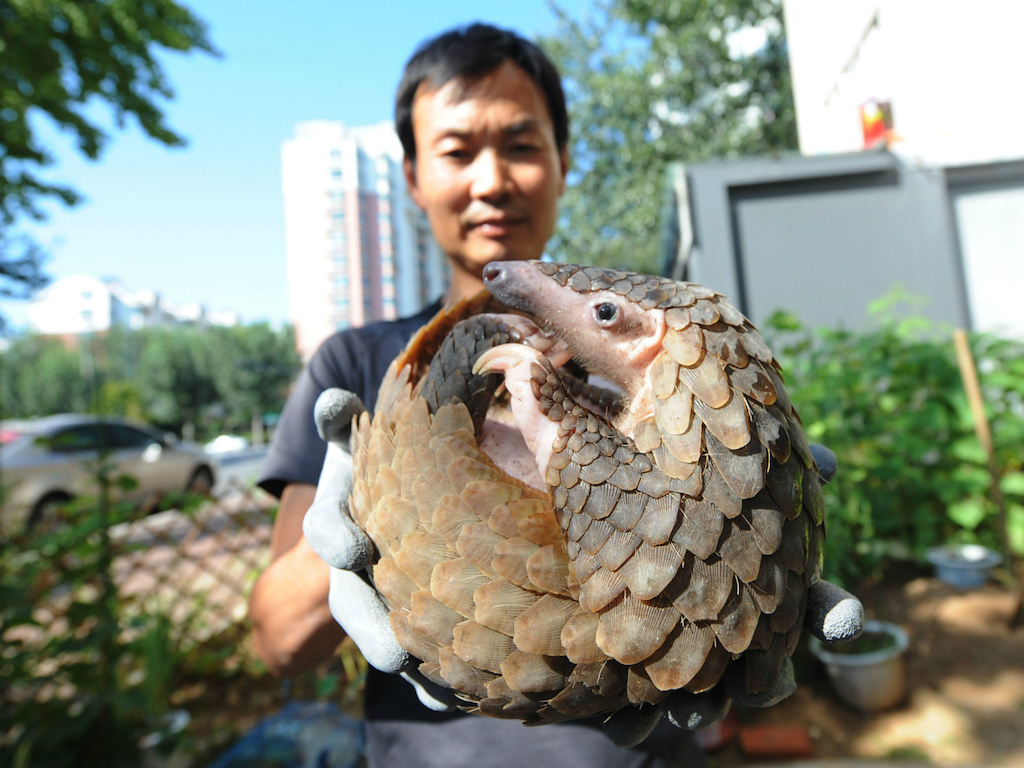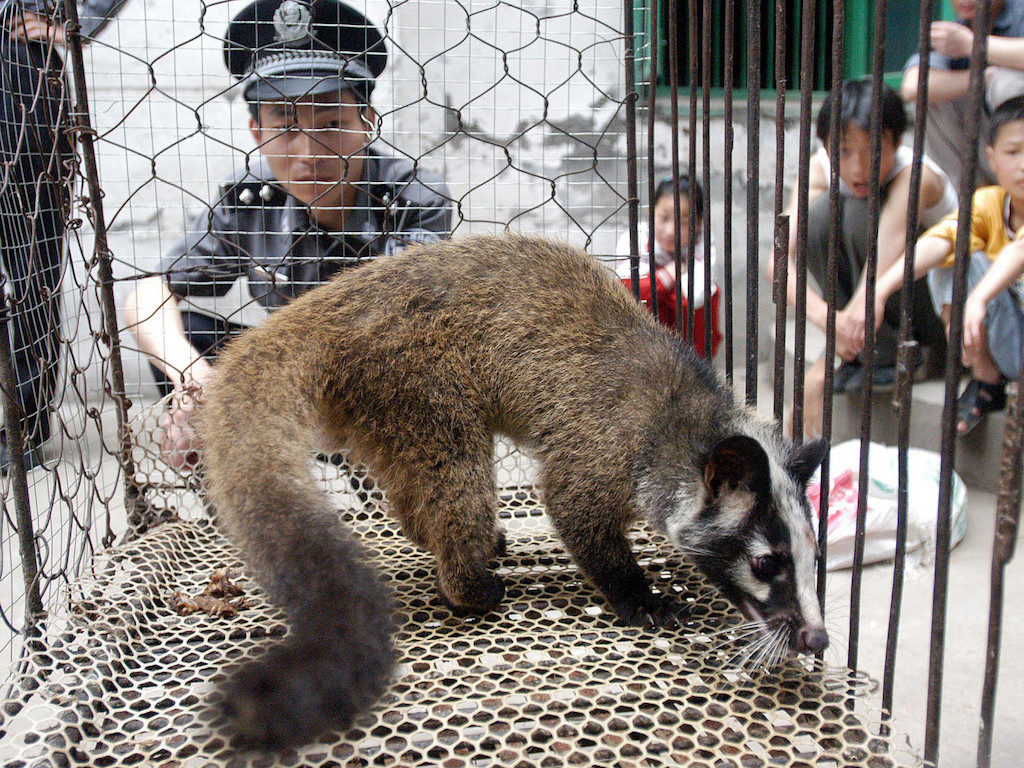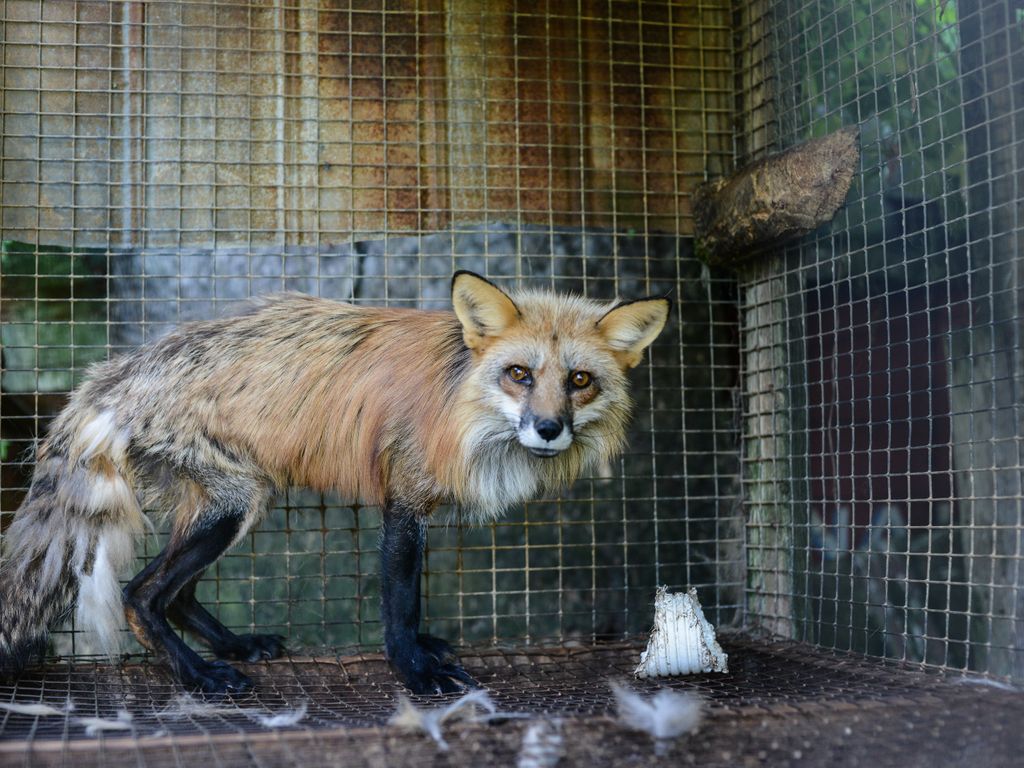4 Mins Read
On 19 November 2020, China closed the consultation for revision of its wildlife protection law even though the revised articles continue to threatens wildlife by allowing the exploitation of animals for other purposes like fur farming and Traditional Chinese Medicine.
Back in February last year, the source of the COVID-19 pandemic was revealed to stem from live animals at a mainland Chinese meat market. Following this, the National People’s Congress (NPC), the country’s highest decision-making body took a decision to ban the trade and consumption of wild animals.
However, when the first ban was issued, ACTAsia, a nonprofit organisation that works to bring about sustainable social change, petitioned the NPC to put a halt to wildlife trade for all purposes like fur farming, Traditional Chinese Medicine (TCM), experimentation, and entertainment that exploits wild animals resulting in their suffering as well as leading to another possible outbreak of zoonotic diseases.
The petition fell on deaf ears.

Now, the new law that seems to address these concerns, in reality, has a legal framework that still allows for wildlife farming to be practiced. Filled with loopholes, the law goes on to support the wildlife trade as a commercial industry, falling in line with China’s five-year plan to rise out of poverty as the industry is valued at US$77 billion, including those animals that are raised for meat, fur, and medicine, according to a report by the Chinese Academy of Engineering.
ACTAsia has underlined that articles 26 and 29 support the breeding of wildlife animals under captivity with a permit, but only if the species already has a substantial captive-bred population. Once a permit is availed, the permissions categorize wildlife animals as livestock for instance mink, fox, and raccoon dog, that are then farmed on a massive scale for fur subsequently opening the market for endangered species like bears for their bile, tigers for their bones and skin and pangolins for their scales.
Pangolins especially are nocturnal animals and are considered the most trafficked mammal in the world. Though the trade of pangolins has been internationally outlawed in 2016, an estimated 100,000 pangolins are captured from the wild every year and poached for their keratin scales, a common ingredient in TCM.
China’s 2020 pharmacopeia removed pangolin from the key traditional Chinese medicine list, but it is still included as an ingredient in several listed patent medicines formulas.
Apart from this, other animals are reduced to merely commercial uses like hedgehogs for their spines, which are used for luxury shaving brushes, and many species of snakes that are bred for their blood and skin for TCM fashion accessories, as well as the Erhu, a popular Chinese musical instrument. And even though bats can’t be legally consumed, their droppings can be collected for TCM, risking peoples’ lives due to a possible outbreak of zoonotic diseases.

Bottom line: far from protecting these endangered species, the new articles actually pose as a risk to these animals.
To combat this new proposal, ACTAsia along with the End Pandemics alliance is supporting the One Health concept which has 128 experts in public health, wildlife conservation, and other One Health professionals.
In a letter to China’s top law-making body, a range of concerns were raised to make a case against breeding and farming wild animals for any reason:
- Banning the farming of wild animals for food is not enough; farming wild animals for ALL purposes must be prohibited to protect public health and populations of wild animals
- The new law makes exception for any wild animals listed as ‘livestock’, including fur-bearing mink, raccoon dog and fox among more than 40 others that can (or do) serve as vessels for spillover of disease
- Articles 26 and 29 are caveats which allow farming wild animals to continue for any purpose, including for food, as long as a permit is issued
- There are currently only 19 species of wild animal which cannot be bred in captivity for food purposes, but can be used for any other purpose;
- Any wildlife farmer can apply for a permit to breed any species commercially for any purpose – except the 19 species listed;
- The potential for pandemic, animal welfare, pollution, and human health disaster in the future is huge.
Despite framing policies for the environment such as Xi Jinping’s recent pledge for carbon neutrality by 2060, it is frustrating that wildlife preservation and protection are not accorded the same commitment.
In May 2021, China is set to host the Conference of the Parties to the Convention on Biological Diversity, a major environmental summit, for the first time. This could be a crucial meet where all governments, including China as the host country, frame meaningful policies that address the damages caused by the new law and through responsible behavior, help in eliminating animal cruelty and preventing similar outbreaks like the COVID-19 virus in the future.
Lead image courtesy of Unsplash.




